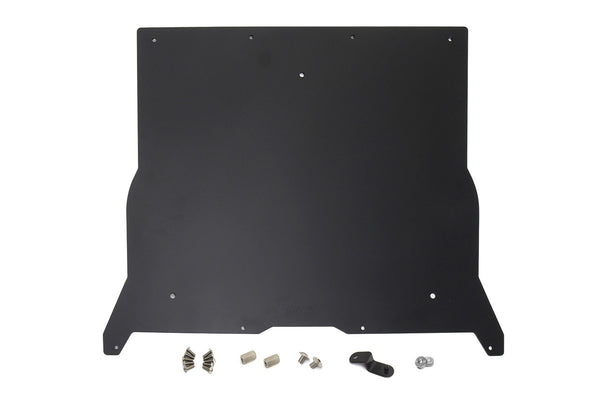How about this for justification: The aluminum skid plates are barely more expensive than replacement fiberboard covers.
Sounds like an entirely reasonable assumption about cost of materials.
However, I don't see how it matters in this decision making process, since the motivation for replacing the OEM part is not the cost, by the delta protection potential of the aluminum replacement part.
Tesla is using aluminum covers on Model S's.
I doubt they would have gone with composite ones on Model 3's if they were materially inferior to aluminum.
I get the desire to upgrade protection. For whatever motivation.
But if you really want to upgrade, why not go it right, and go with steel tray!?
It doesn't take something big to rip the heck out of the fiberboard - and a ripped fiberboard cover can easily add 75-100 watts usage PER MILE.
Would you mind sharing where those #s came from?
A 30-45% estimated increase in energy consumption from slight airflow disturbance under the car appears excessive.
Either way, I don't think anyone is arguing in favor of driving without fiberboard trays, or not repairing them if they get damaged.
This looks like a strawman argument, perhaps?
a



